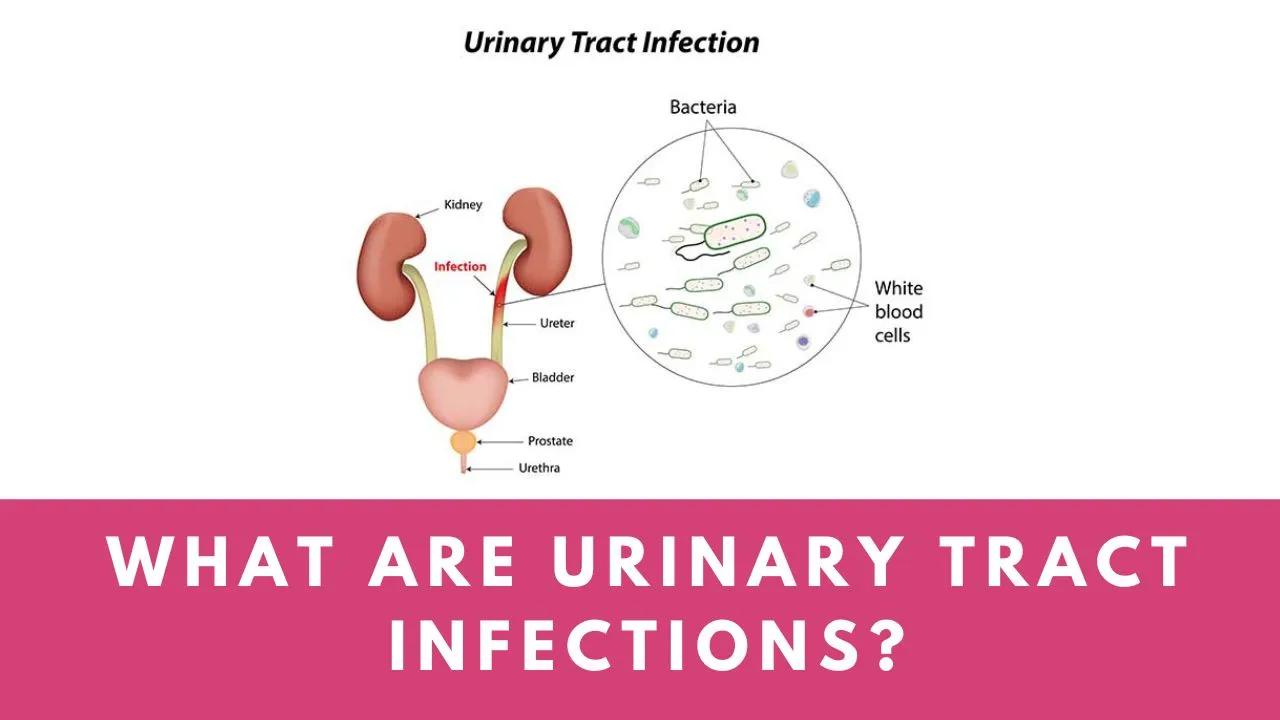Urinary tract infectious diseases are diseases that occur in various organs of the urinary system, including the urinary tract Kidneys, ureters, bladder, urethra, etc.
Diseases of the urinary system may affect only this system or may be caused by diseases of other systems in the body.
Urinary system diseases are classified according to their causes and pathology, including congenital malformations, injuries, infections, tuberculosis, tumors, as well as urinary system obstruction, urinary tract stones, nephroptosis, renovascular hypertension, renal failure, etc.
The main symptoms of diseases of the urinary system include pain, symptoms of irritation of the lower urinary tract (frequency, urgency, dysuria), symptoms of obstruction of the lower urinary tract (difficulty urinating, interruption of urine flow, urinary retention), urinary incontinence, enuresis and abnormal urine (changes of characteristics, smell, etc.), etc. In addition, if the disease affects other systems, it may cause systemic manifestations such as nausea, vomiting, hypertension, anemia, bone pain, etc.
Treatment of urinary system diseases varies depending on the disease, treatment methods, effects and prognosis. Specific treatment methods may relate to each specific disease.
For most diseases, optimal results can be achieved through active and formal treatment.
How can a urinary tract infection be treated more effectively?
Urinary tract infections are a very common clinical condition. This disease not only causes great harm to the patient’s health, but also has a great impact on the life and work of patients with a urinary tract infection. Therefore, timely treatment of a urinary tract infection is very important. There are currently many ways to treat urinary tract infections. So how can you treat urinary tract infections more effectively? Below we will introduce this problem in detail.
Urinary tract infection, acute pyelonephritis:
It is an infection of the upper urinary tract. In addition to urinary tract symptoms, most of them experience systemic symptoms such as high fever. A urine culture should be performed prior to administration. For mild symptoms, oral quinolones can be used. In patients with severe symptoms, norfloxacin, ampicillin plus gentamicin, ampicillin plus sulbactam, or cephalosporins may be used. Antibiotics such as triazine are given intravenously. After the urine culture report is available, adjust medication according to drug sensitivity.
To treat acute pyelonephritis, antibiotics should be administered continuously for 10-14 days. Urine cultures should be collected 1 week and 1 month after the end of treatment. If bacteriuria persists, antibiotics should be continued for 4-6 weeks. If the fever does not subside after 72 hours of antibacterial treatment, in addition to medication adjustment, a urinary tract B-ultrasound and isotope renogram may be performed to rule out urinary tract obstruction.
Urinary tract infection in the elderly:
Older people are more likely to get urinary tract infections than young adults. Among the elderly, about 60% are caused by Escherichia coli infection. In recent years, more and more elderly patients are using urinary catheters and other catheterization devices. Therefore, many older patients are also susceptible to gram-negative bacteria such as Proteus, Klebsiella, Serratia and Pseudomonas. Infect.
To treat urinary tract infections in the elderly, it is best to do a bacterial test. And drug sensitivity testing to select highly effective and sensitive antibiotics to improve effectiveness and shorten disease progression. Elderly patients requiring indwelling catheters need to increase aseptic procedures. And shorten the length of stay to reduce the risk of infection.
Urinary tract infection in men
Urinary tract infections in men should be taken more seriously. This is because urinary tract infections are often more complicated in men. In particular, prostatitis and prostatic hyperplasia, which are common causes of urinary tract infections in men. In addition to E. coli, the pathogenic bacteria are sometimes associated with chlamydia and mycoplasma infections.
Therefore, when treating male urinary tract infections, we must first check whether there is prostatitis and prostatic hyperplasia. If so, it should be treated along with the urinary tract infection. Regarding the choice of antibiotics: If there is no prostatitis, quinolones should be used as basic medication. Cephalosporins or sulfa drugs should be taken for about 14 days.
If patients have a urinary tract infection complicated by acute prostatitis, they need to choose antibacterial drugs with higher penetration into the prostate tissue, such as: B. Doxycycline, norfloxacin, ciprofloxacin, ofloxacin and trimethoprim. – Sulfamethoxazole etc., take medication for about 4 weeks. If it is chronic prostatitis, the duration of medication should be extended to 6-12 weeks.
The above is a detailed introduction to treating urinary tract infections with better results. I think everyone has already understood that all patients with urinary tract infections need to actively participate in treatment. Adhere to treatment and follow doctor’s instructions. Then the effect of treating urinary tract infections is relatively good.



